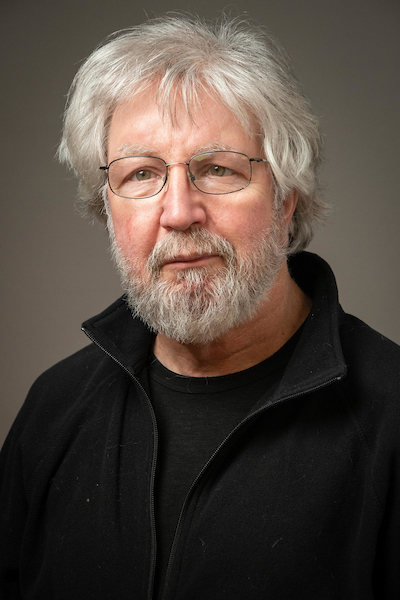Tony N. Marion, PhD

Professor
858 Madison Ave.
201 Molecular Science Building
Memphis, TN 38163
tmarion@uthsc.edu
Phone: 901.448.6527
Fax: 901.448.7360
Education
- BS, 1973 Chemistry: North Carolina State University
- MS, 1977 Microbiology: Wake Forest University
- PhD, 1982 Immunology: University of Alabama, Birmingham
Research Interests
Research Interests
My laboratory is directed to two main areas of research. The major and longest funded area has been to understand the molecular and cellular bases for autoimmunity to DNA in mouse models for human systemic lupus erythematosus (SLE). This research employs anti-DNA antibody transgenic, genetically autoimmune-prone (NZB x NZW)F1 mice to analyze DNA-specific B cell tolerance and activation in an autoimmune background. The development of autoimmunity to DNA and lupus-like autoimmune disease in the normally autoimmune, lupus-prone (NZB x NZW)F1 mice depends upon whether the mice inherit the 3H9 anti-DNA heavy chain as a conventional IgM heavy-chain transgene (3H9-m) or as a VH3H9 heavy-chain variable region gene “knock-in” into the JH locus. 3H9-m transgenic (NZB x NZW)F1 do not produce anti-DNA autoantibodies and do not develop lupus nephritis. The VH3H9 knock-in transgenic (3H9R) (NZB x NZW)F1 mice develop autoimmune anti-DNA antibody and lupus nephritis similar to non transgenic (NZB x NZW)F1 mice. Tolerance to DNA in the conventional VH3H9 transgenic (NZB x NZW)F1 mice is a function of both B cells and T cells. B cell receptor-dependent stimulation is less effective in the conventional transgenic (NZB x NZW)F1 mice, and helper T cell activation is also less effective in the conventional transgenic (NZB x NZW)F1 mice. The latter deficiency may be the consequence of the anergic B cell environment in which CD4 T cells develop. Present and future research will take advantage of difference in autoimmune response between the two different transgenic (NZB x NZW)F1 to understand the cellular and molecular bases for autoimmune B cell activation in this important model for human SLE. A second project in this area of research involves analyses of pathogenic function of anti-DNA antibodies in lupus nephritis in mice and humans. The potential for monoclonal anti-DNA antibodies to passively induce glomerulonephritis appears to be independent of specificity for or binding to DNA or chromatin. The structural basis for pathogenic anti-DNA antibody function is being determined by proteomic analysis of mouse kidneys with passive experimentally induced disease.
The other main area of research in my laboratory is immunity to hepatitis C virus in individuals chronically infected with hepatitis C. This project is part of the Center for Hepatitis C Research at UTHSC. The major focus of the Center’s research has been to understand the basis for racial differences in response to combination pegylated interferon-alpha and Ribavarin therapy for chronic hepatitis C. African Americans have only a 26% response rate, determined as sustained clearance of circulating virus, compared to 56% for Caucasians. Recent results from our clinical research also indicate a much higher frequency of a particular HLA DR allele among chronically infected African Americans at our Center. Present and future studies are directed toward understanding the relevance of the increased frequency of HLA DR among chronically infected Afrcrican Americans. Ongoing research will also seek to determine how differences in immune responses may or may not be related to differences in response to therapy between chronically infected African American and Caucasian individuals.
